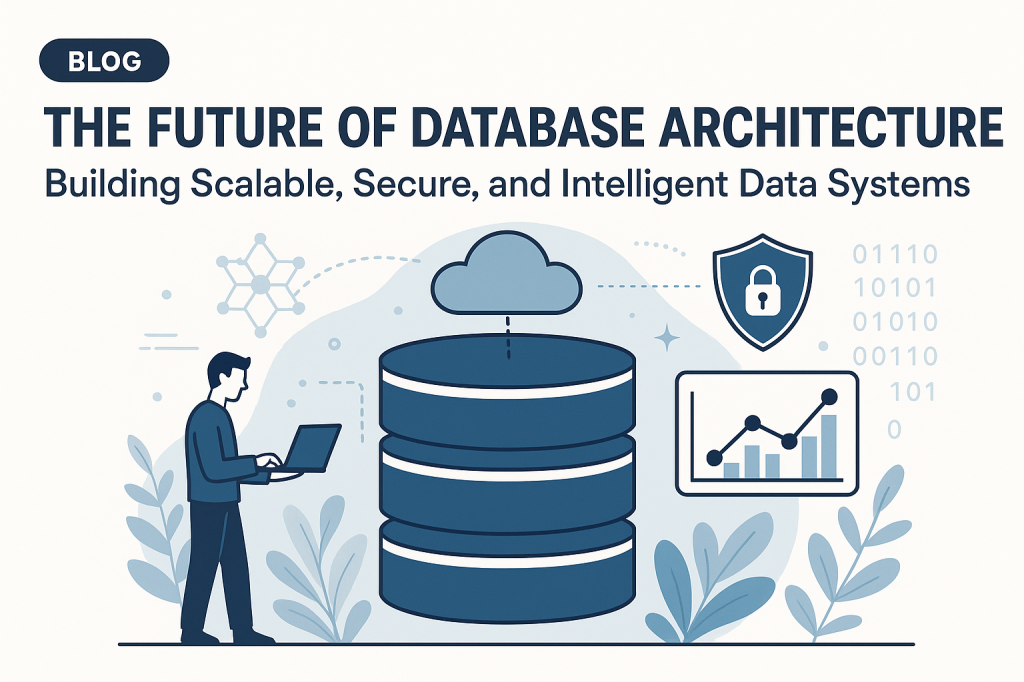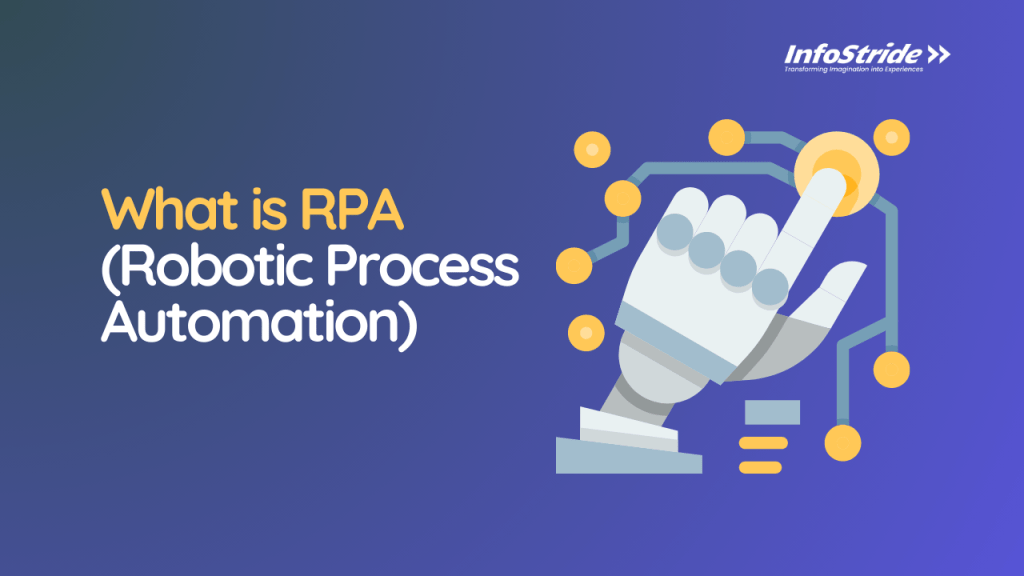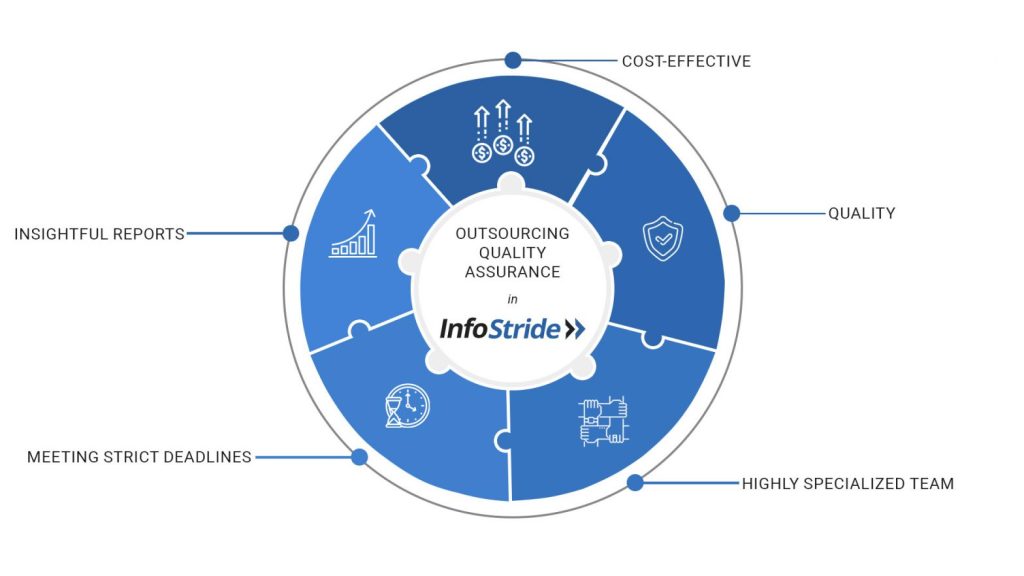Table of Content
In today’s digital landscape, content is more than just king—it’s the driving force behind successful marketing strategies. According to recent studies, businesses that prioritize content marketing see six times higher conversion rates than those that don’t. This underscores the critical role well-crafted content plays in attracting and engaging audiences, ultimately driving meaningful interactions and results.
The goal of content creation isn’t merely to fill a website or social media feed; it’s about producing valuable, relevant content that resonates with your audience and meets your business objectives. Whether you’re aiming to increase website traffic, boost engagement, or convert leads into customers, strategic content is the key to achieving these outcomes.
1. Understanding Your Audience
Define Your Target Audience
Creating content that drives results starts with a deep understanding of your target audience. Knowing who you’re speaking to helps ensure your content is relevant, engaging, and effective. Without a clear picture of your audience, your efforts risk missing the mark, leading to wasted resources and minimal impact. By identifying key demographics, preferences, and pain points, you can craft content that addresses their specific needs and interests, making it more likely to resonate and drive action.
Create Buyer Personas
One of the most effective ways to understand your audience is by developing detailed buyer personas. These semi-fictional representations of your ideal customers are based on real data and market research. To create a persona, gather information about your audience’s age, gender, occupation, goals, challenges, and buying behavior. Include insights from customer surveys, website analytics, and social media interactions. By having a clear, detailed persona, you can tailor your content to speak directly to your audience’s motivations and needs, enhancing relevance and increasing the likelihood of engagement and conversion.
2. Setting Clear Goals
Define What Success Looks Like
To create content that drives results, it’s essential to start with clear, measurable goals. Without a defined target, it’s challenging to gauge the effectiveness of your efforts. Using the SMART framework—Specific, Measurable, Achievable, Relevant, and Time-bound—ensures your goals are both realistic and trackable. For example, instead of aiming to “increase website traffic,” a SMART goal would be “increase website traffic by 20% over the next three months through targeted blog posts.” This level of specificity provides a clear direction and measurable benchmarks for success.
Align Goals with Business Objectives
Content goals should never exist in isolation; they must align with broader business objectives to drive meaningful impact. Whether your business aims to boost brand awareness, generate leads, or improve customer retention, your content strategy should reflect these priorities. For instance, if the primary business goal is to enhance lead generation, your content goals might focus on creating downloadable resources, email sign-ups, or webinar registrations. By linking content goals directly to business outcomes, you ensure that your efforts contribute to the overall success of your organization.
3. Keyword Research and SEO Strategy
Importance of Keyword Research
Keyword research is a fundamental step in creating content that not only resonates with your audience but also ranks well in search engines. It involves identifying the terms and phrases your target audience uses when searching for information related to your industry. By focusing on the right keywords, you can ensure your content is discoverable by those who are actively looking for what you offer. Tools like Google Keyword Planner, SEMrush, or Ahrefs can help you uncover high-traffic, low-competition keywords that align with your audience’s search intent, ultimately driving more organic traffic to your site.
On-Page SEO Best Practices
Once you have your keywords, optimizing your content for search engines is crucial. Start by incorporating primary keywords naturally into key areas like the title, headings, meta descriptions, and throughout the body of the content. Ensure your URLs are clean and descriptive, and use alt text for images to improve accessibility and SEO. Additionally, focus on creating a seamless user experience by optimizing page load speed and ensuring mobile-friendliness. By adhering to these on-page SEO best practices, you increase the likelihood of your content ranking higher in search results, making it more accessible to your target audience.
4. Creating Valuable and Relevant Content
Focus on Quality Over Quantity
In the digital age, where content is abundant, quality trumps quantity. High-quality content not only engages your audience but also establishes your brand as a trusted authority. It’s better to produce fewer pieces of valuable, well-researched content than to churn out numerous low-quality posts. Quality content is informative, relevant, and addresses the specific needs or pain points of your audience, fostering deeper connections and driving better results in terms of engagement, shares, and conversions.
Types of High-Performing Content
Different types of content resonate with audiences in various ways. Blog posts are excellent for providing in-depth information and improving SEO. Videos are highly engaging and can convey complex messages quickly, making them ideal for social media and websites. Infographics offer a visually appealing way to present data or processes, which can be particularly effective on platforms like Pinterest or LinkedIn. Other high-performing content types include case studies, webinars, podcasts, and eBooks, each serving different purposes depending on your audience’s preferences and your goals.
Content Formats and Channels
Choosing the right content format and distribution channel is crucial for maximizing impact. Consider where your audience spends their time—whether it’s reading articles, watching videos, or scrolling through social media. Tailor your content to fit these preferences. For example, use LinkedIn for professional articles, Instagram for visually rich content like images and short videos, and YouTube for longer video content. Matching the format and channel to your audience’s habits ensures that your content reaches them in the most effective way, enhancing engagement and driving results.
Also Read: The Blueprint for Building an Effective Marketing Strategy
5. Incorporating Data and Analytics
Use Data to Inform Content Creation
Leveraging data and analytics is key to understanding what resonates with your audience and refining your content strategy. Tools like Google Analytics, social media insights, and customer feedback can provide valuable information about which content types, topics, and formats perform best. Analyze metrics such as page views, time on page, bounce rates, and conversion rates to identify patterns and preferences. By understanding these insights, you can create more targeted and effective content that aligns with your audience’s interests and drives better results.
A/B Testing and Iteration
A/B testing is a powerful method for optimizing your content by comparing different versions to see which performs better. For example, you can test variations in headlines, CTAs, images, or even the content format. This iterative approach allows you to make data-driven decisions, refining your strategy based on real user feedback. Regularly testing and tweaking your content helps you stay agile and responsive to audience needs, ensuring your content remains relevant and impactful over time. By continuously iterating, you can maximize the effectiveness of your content and consistently drive better results.
6. Optimizing for Engagement
Craft Compelling Headlines
Your headline is the first impression your content makes, and a compelling one can significantly increase engagement. To capture attention, keep your headlines clear, concise, and benefit-driven. Use power words, numbers, and questions to pique curiosity. For example, instead of “Tips for Writing Better Content,” opt for “7 Proven Tips to Instantly Improve Your Content Writing.” A/B testing different headlines can also help determine what resonates best with your audience, ensuring maximum impact.
Use Visuals and Interactive Elements
Visuals are a powerful tool for enhancing content engagement. Images, infographics, videos, and interactive elements like quizzes or polls can break up text and make content more digestible and engaging. Visual content is processed faster by the brain and often leads to higher retention rates. For example, adding a relevant infographic can help illustrate complex data, making it more accessible and shareable. Interactive elements can also boost engagement by encouraging active participation from your audience.
Call-to-Actions (CTAs)
An effective CTA guides your audience towards the desired action, whether it’s subscribing to a newsletter, downloading a resource, or making a purchase. To craft a compelling CTA, use action-oriented language that clearly communicates the benefit of taking that action. Phrases like “Get Your Free Guide,” “Start Your Free Trial,” or “Learn More” can be highly effective. Placement is also crucial—CTAs should be prominently displayed and strategically placed to align with the user’s journey through your content.
7. Promotion and Distribution Strategies
Content Amplification
Creating great content is only half the battle; promoting it effectively is key to driving results. Amplify your content through various channels such as social media, email marketing, and paid ads. Share your content across platforms like LinkedIn, Twitter, Facebook, and Instagram, tailoring each post to fit the platform’s audience and format. Email marketing is another powerful tool—distribute your content to your subscriber list with personalized messaging to increase engagement. Additionally, consider using paid ads to target specific demographics and expand your reach, ensuring your content gets in front of the right people.
Leveraging Influencers and Partnerships
Collaborating with influencers and industry partners can significantly broaden your content’s reach. Influencers have established credibility and a loyal following, making their endorsements highly impactful. Identify influencers within your niche and collaborate on content such as guest posts, co-hosted webinars, or social media takeovers. Similarly, partnering with industry organizations or complementary businesses can open doors to new audiences. These collaborations can not only enhance your content’s visibility but also add credibility and value through shared expertise and cross-promotion.
8. Measuring and Analyzing Results
Key Metrics to Track
To evaluate the effectiveness of your content, it’s crucial to track key performance metrics. Important metrics include:
- Traffic: Monitor the number of visitors to your content to gauge its reach and popularity.
- Bounce Rate: A high bounce rate may indicate that your content isn’t engaging or relevant, prompting visitors to leave quickly.
- Conversion Rate: This measures how effectively your content drives the desired action, whether it’s signing up for a newsletter, downloading a resource, or making a purchase.
- Engagement: Metrics such as time on page, social shares, comments, and likes help assess how well your content resonates with the audience.
Adjusting Strategies Based on Insights
Data-driven insights are invaluable for refining your content strategy. Regularly review your metrics to identify what’s working and what’s not. For instance, if a particular blog post has high traffic but low conversion rates, you might need to improve the CTA or the relevance of the offer. Conversely, if a post has high engagement but low reach, consider amplifying it through additional promotion. Continuously iterating based on these insights allows you to optimize your content for better performance, ensuring it consistently drives the desired results.
Elevate Your Content Strategy with InfoStride
Creating content that drives results is an ongoing process that requires a deep understanding of your audience, clear goals, and continuous optimization. By following the strategies outlined in this blog—from thorough research and engaging formats to promotion and performance analysis—you can significantly boost the impact of your content and achieve measurable success.
With InfoStride’s Marketing as a Service (MaaS), you don’t have to guess. From ideation to execution, we ensure your content not only resonates with your audience but also supports your business objectives. Let us help you craft content that delivers results.












